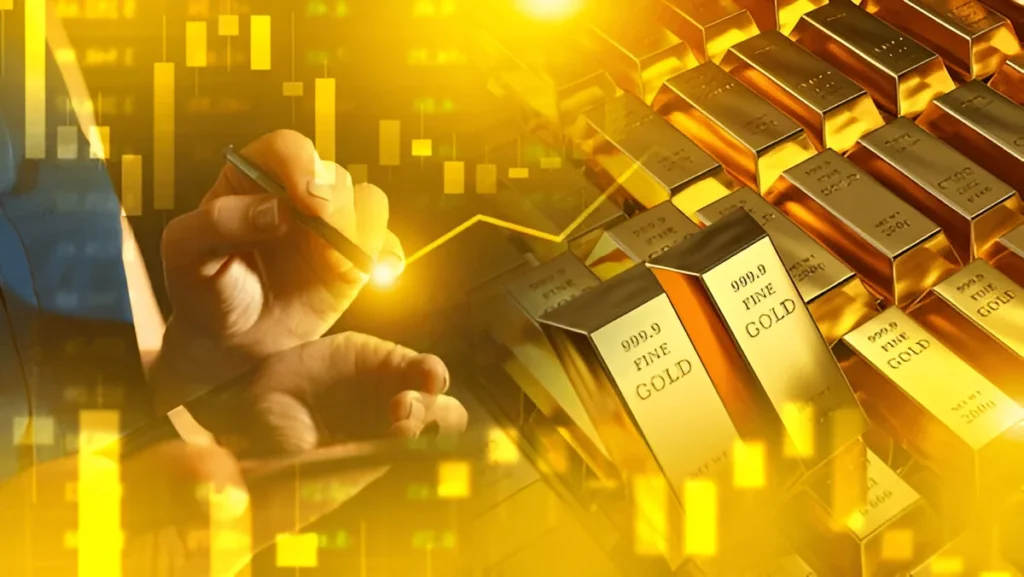Sayanava Sinha Roy
16.04.2025
How to Know Real vs Fake Diamonds Instantly?
Real vs Fake Diamond identification is crucial before buying or selling. Learn easy ways to test authenticity with tips from a reputed diamond buyer.
The Timeless Allure of Diamonds
Diamonds have dazzled us for centuries—not just as symbols of love and status, but also as coveted assets with lasting value. Yet, in today’s age of lab-created stones and clever imitations, telling a real diamond from a fake one isn’t always easy.
Whether you’re a first-time buyer, planning to sell an old piece, or simply want to verify what you already own, understanding the difference between real vs fake diamonds is essential. This guide walks you through quick, practical, and science-backed methods that anyone can use—no microscope or gemologist needed.
Table of Contents
Let’s explore how you can instantly spot the real from the replica.
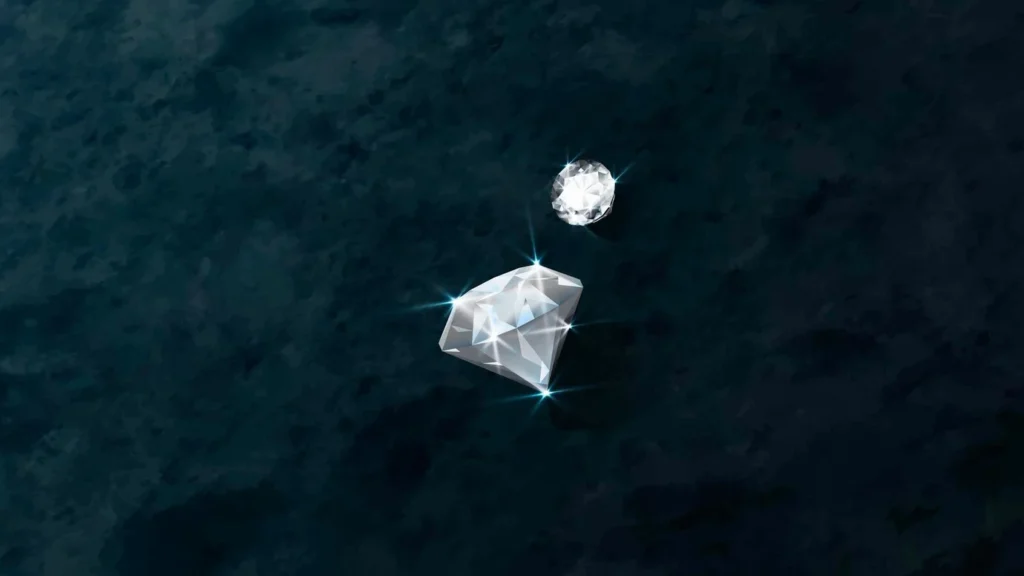
Why It Matters to Identify Real vs Fake Diamonds?
Before diving into techniques, let’s understand why this matters:
- Financial Security: Real diamonds are a significant investment; knowing their authenticity ensures you’re not overpaying or underselling.
- Emotional Value: Family heirlooms or engagement rings carry emotional weight—verifying them brings peace of mind.
- Market Confidence: With growing counterfeit markets, even seasoned sellers risk being duped without proper checks.
Physical Signs to Check at Home
While professional equipment offers 100% accuracy, there are DIY tricks that work remarkably well.
1. The Fog Test
How it works:
Breathe on the stone like you would on a mirror.
What to observe:
- Real diamonds disperse heat quickly; fog evaporates almost instantly.
- Fake ones (glass or cubic zirconia) stay foggy for a few seconds.
Verdict: Quick and useful for a first-glance check.
2. Water Drop Test
What to do:
Drop the loose diamond into a glass of water.
Expected result:
- A real diamond sinks due to its high density.
- A fake may float or sink slowly.
Pro Tip: Use this only for unmounted stones to avoid damaging settings.
3. Look Through It: The Newspaper Test
Place the stone flat-side down on a printed page.
Real Diamond:
You won’t be able to read the letters due to refraction.
Fake Stone:
The text underneath may be legible or appear blurred.
This test works best with round, brilliant cuts and may not apply to mounted diamonds.
Light Behavior—Nature’s Signature
One of the most distinctive traits of a real diamond is how it interacts with light.
1. Sparkle and Brilliance
- Real diamonds sparkle with sharp white (brilliance) and colored (fire) flashes.
- Fakes like CZs often give off rainbow hues that look overly colorful and artificial.
2. UV Light Test (Black Light)
Under UV light:
- Many real diamonds glow blue.
- Fakes may not glow or could show yellow, green, or white fluorescence.
Not all real diamonds fluoresce. Use this test as a supportive method, not the only one.
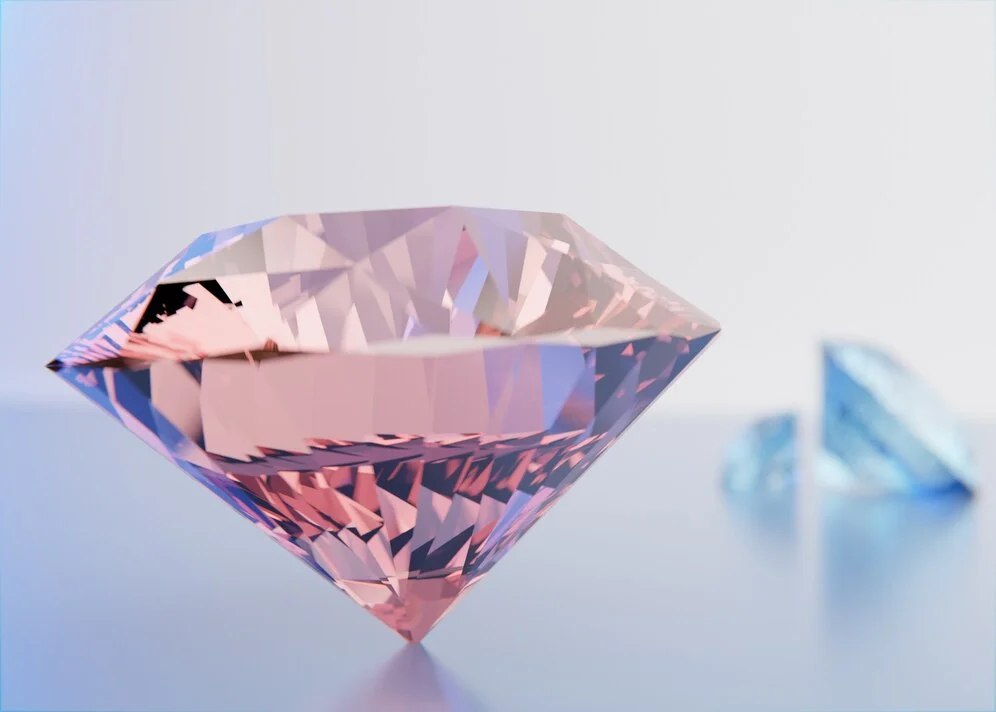
Real vs Fake Diamond – Check Through Tools
Let’s move beyond DIY and discuss some low-cost tools that can improve accuracy:
1. Loupe Inspection
A 10x jeweler’s loupe reveals:
- Natural inclusions in real diamonds.
- Perfect clarity (often too perfect) in fakes like moissanite or lab-grown.
Real diamonds are rarely flawless—imperfections prove authenticity.
2. Thermal Conductivity Testers
Also known as diamond testers, these tools test how fast heat travels through the stone.
- Real diamonds conduct heat quickly and register a positive result.
- Fakes like glass, CZ, or quartz don’t.
These are affordable and used by many serious buyers.
Professional Methods for Diamond Authentication
While home tests are helpful, final confirmation should always come from a professional.
Certified Gemologist Evaluation
- Use of spectroscopes, microscopes, and high-tech testers.
- Grading and verification against international standards.
Certificate Check
- Reputed diamonds come with certification (like GIA, IGI).
- Check the certificate number against the issuing body’s database.
Subtle Red Flags of Fake Diamonds
Sometimes it’s not about a test—it’s about observing the context.
Price Too Good to Be True
Massive discounts are a major red flag.
Unverified Sellers
Online marketplaces or unknown stores without physical addresses should be avoided.
Mounting Material
A real diamond is rarely set in cheap metals. Yellowing, flaking, or light-weight bases often signal a fake.
Real vs Fake Diamond – What to Do if You’re Unsure
If the stone passes some tests but fails others, don’t panic.
Here’s what you should do:
- Keep the diamond secure.
- Avoid attempting further tests that could damage the stone.
- Get it professionally tested by a trusted local refinery or analyzer in your city.
A reliable diamond evaluation involves precise testing techniques, handled by professionals who combine years of experience with advanced gemological tools. This ensures a transparent process where each diamond’s authenticity, quality, and value are assessed fairly—especially for those looking to re-evaluate older stones.

Most Asked FAQs About Real vs Fake Diamonds
Q1: Can a fake diamond pass the fog test?
Some high-grade fakes like moissanite can mimic real diamonds in heat dispersion, but usually, they fog up longer than true diamonds.
Q2: Are lab-grown diamonds fake?
No. Lab-grown diamonds are chemically and physically the same as natural ones. However, they are typically valued lower in resale.
Q3: Can jewelers sell fake diamonds legally?
Reputed sellers disclose if a stone is synthetic or enhanced. Selling a fake diamond without disclosure is illegal.
Q4: How much does it cost to test a diamond professionally?
Fees range from ₹500–₹2000, depending on the lab and level of certification provided.
Q5: Is cubic zirconia easy to spot?
Yes, especially with light and heat tests. It lacks the sparkle and durability of real diamonds.
Don’t Just Guess—Know Your Diamonds
In the age of imitations, knowing how to distinguish a real vs fake diamond isn’t just smart—it’s necessary. Whether you’re buying a new stone, selling an heirloom, or just curious about that old ring in your drawer, the knowledge you now have is empowering.
Home tests are a great start, but for peace of mind and accurate valuation, consider visiting a local professional. You deserve to know exactly what you’re holding—and to make decisions with confidence.
If you’re unsure about the authenticity of your diamond, it’s wise to consult with a qualified professional who uses advanced testing equipment and follows ethical valuation practices. Expert evaluation ensures clarity, confidence, and fair outcomes in both buying and selling decisions.
Popular Post
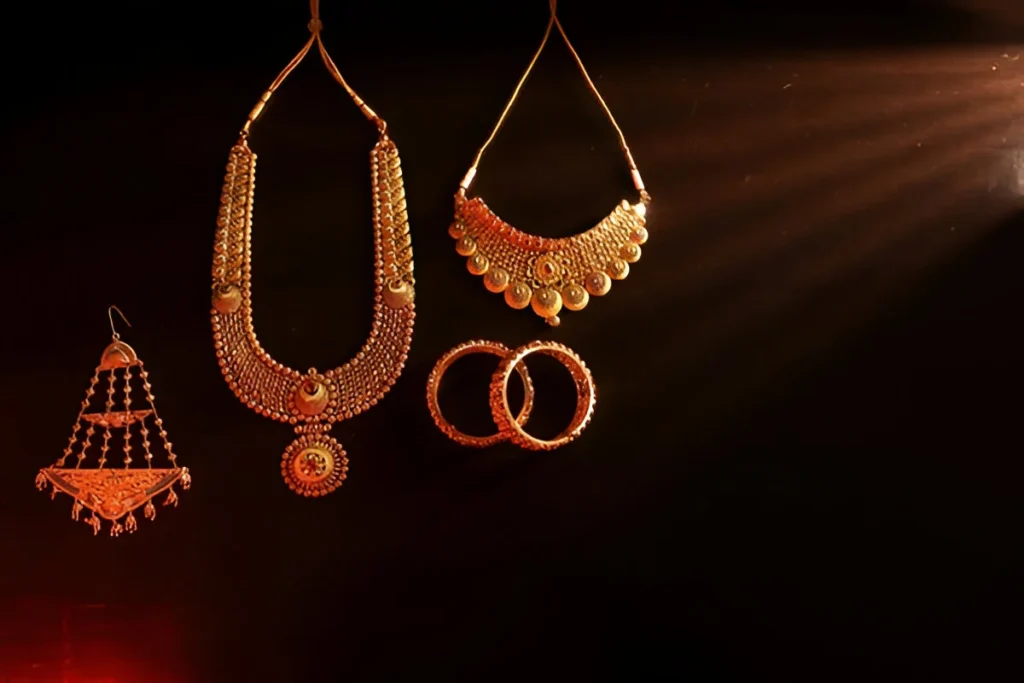
13.09.2025
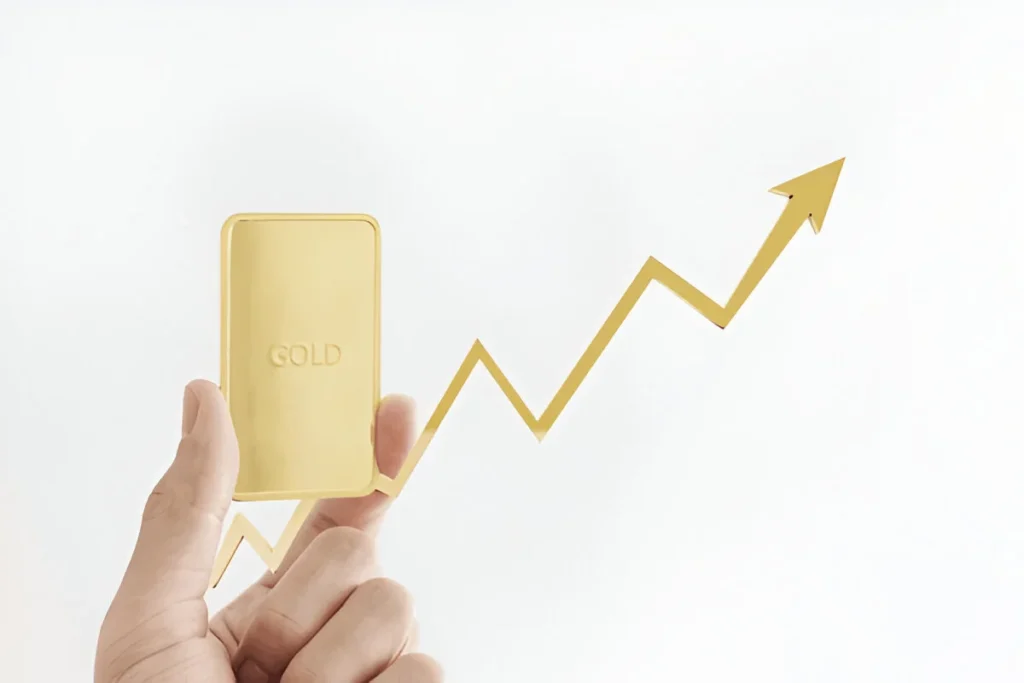
09.09.2025
